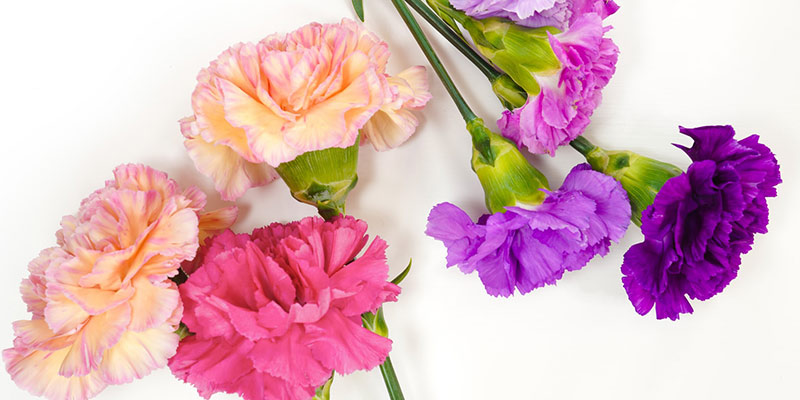
Carnations have had a rollercoaster ride when it comes to their reputation and popularity in recent years but we’re big fans of this stunning and engaging flower.
With long stems and a lengthy vase life, carnations are the ideal cut flower and great for bouquets and special arrangements.
Expand your mindset and challenge your stereotypes about this deeply symbolic flower by learning more as we take a look at the top facts about carnations.
The History of Carnations
The carnation was once one of the most popular flowers globally and it’s possibly one of the oldest cultivated flowers in the world.
Carnations have a long and diverse history dating back to ancient Greek and Roman times. It is thought that carnations have been cultivated for the last 2000 years.
Literally meaning ‘flowers of the Gods’ carnations appear frequently in mythology, religious texts and through into popular culture.
Where carnations are from
Carnations have been cultivated for thousands of years so it’s difficult to pinpoint exactly where they originated from. However, the wild carnation is native to Mediterranean countries such as Greece, Italy and Spain.
The carnation flower is also commonly found in countries such as Croatia and it’s even possible to grow them in the UK. Today, Colombia is one of the main suppliers of carnations.
The carnation is now the national flower of Spain, Monaco and Slovenia.
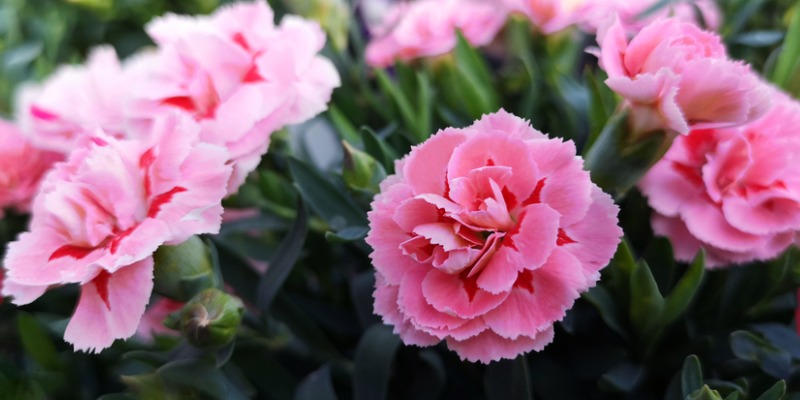
Carnations in mythology and culture
It won’t take you long to find references to the carnation in mythology and culture - whether you’re reading ancient texts or listening to pop songs of the 1970s.
The Dianthus carnation is known as the ‘flower of Zeus’ in Greek mythology, and was also linked to legends about Artemis. Meanwhile, Christians believe that when Jesus carried the cross on his back, his mother Mary wept and caused the first carnation to bloom in the ground. This is partly why carnations have become such a popular Mother's Day flower.
Shakespeare makes reference to carnations in “A Winter’s Tale” in 1601 and students at Oxford University wear different coloured carnations during their final examinations to distinguish where they are in their exam schedule (a red carnation is famously worn to celebrate the final exam).
Artists such as Manet and Renoir have made carnations a focus of their work, whilst pop songs such as White Sport Coat and American Pie namecheck carnations specifically.
What do the colours of carnations mean and represent?
Red carnation meaning
Red carnations carry a lot of meaning and are hugely symbolic of love and affection. Many carnation fans believe that light red represents admiration whilst deeper and darker shades of red relate more to deep love and passion.
White carnation meaning
The purity of a white carnation is thought to be connected with its meaning of pure love. It can also be used as a sign of good luck and is often sent to bring good fortune to loved ones. There is a beautiful innocence about white carnations that also make them a popular choice to send to new parents.
Purple carnation meaning
Purple carnations have a wide range of meanings and are used to represent a number of different things. Many believe them to be representative of calmness and creativity, and they are also seen as a symbol of success and wealth. The colour purple is also often associated with royalty.
Pink carnation meaning
Pink carnations have become symbolic of gratitude and memory. They represent the concept of never forgetting and are often given to mothers by their children. Symbolising appreciation, pink carnations are ideal for including in a thank you bouquet or arrangement.
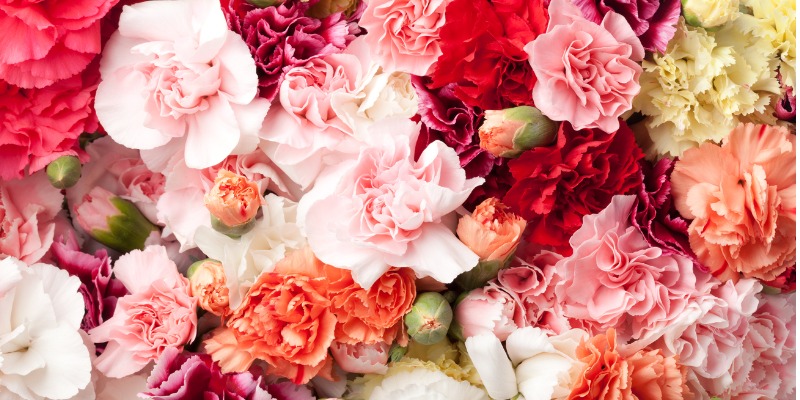
What are the different types of carnations?
There are three main types of carnations (when they are categorized by size) but there are hundreds of different varieties of this special flower.
The main types of carnations are:
- Dwarf Carnations: these are the smallest type of carnation flower
- Spray Carnations: these have 3-4 smaller flowers on each stem
- Large Carnations: these have 1 big flower on each stem
Dianthus Caryophyllus
This is the flower that most people think of when you mention the word ‘carnation’. The dianthus caryophyllus comes in pink, red, white and orange and there are a number of different varieties including:
- Red Rocket
- Laced Romeo
- Vienna Mix
Dianthus Barbatus
This type of carnation is sometimes referred to as a ‘Sweet William’. One of the benefits of this variety is that it will germinate and grow within the first year of planting. It is a flower that easily reseeds meaning that you can expect to get new crops each year.
Dianthus Superbus
Available in a variety of colours, this type of carnation is distinguishable by its green centre. It’s a really popular carnation flower and can often be seen with fringed edges.
The uses of carnations
Whereas in Greek and Roman times carnations were widely used for art and decor, they do in fact have many practical uses.
Carnations in Food
Did you know that carnations has been used for everything from vinegar to salad dressings and sauces? Carnation flowers are often used as an edible garnish and can be found on top of cupcakes, desserts or on the side of savoury dishes.
Centuries ago, the carnation flower was also used to produce floral spiced wine and beer. Nowadays it’s still possible to find upmarket tea rooms using the crushed petals of carnations to create bespoke blends of tea.
Carnations in Medicine
Medically, the carnation flower has a huge range of benefits and can help to cure a variety of conditions and ailments. Generally it is the oil extracted from the carnation flower that is used to treat issues such as:
- Toothache
- Inflammation
- Eczema
- Stomach ache
- Fevers
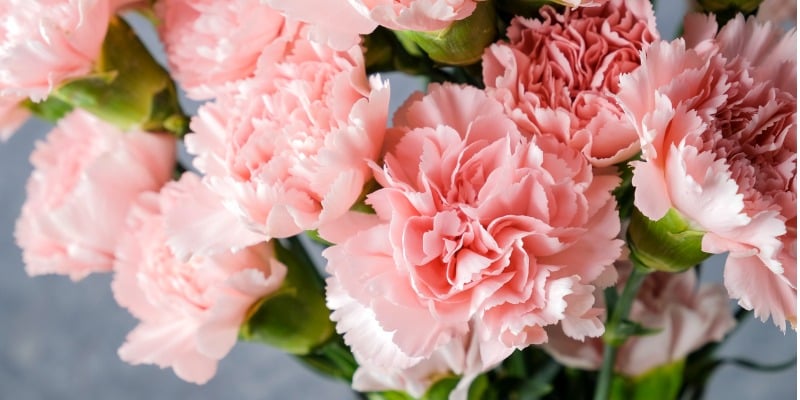
Interesting Carnation Facts
Did you know that carnations are often the principal flower used in leis in Hawaii? Their bright colours and various shapes and sizes make them ideal for creating beautiful garlands.
Carnations were named as the official flower of Mother’s Day in 1907. The pink carnation in particular is seen as symbolic of a child’s love and gratitude to their mother.
Did you know that you can change the colour of a carnation? A white carnation can be submerged in food colouring and water which will be absorbed within 24 hours, producing an entirely different aesthetic.
Treat yourself or a loved one to a beautiful bouquet of carnations from our collection today, with convenient next day delivery.
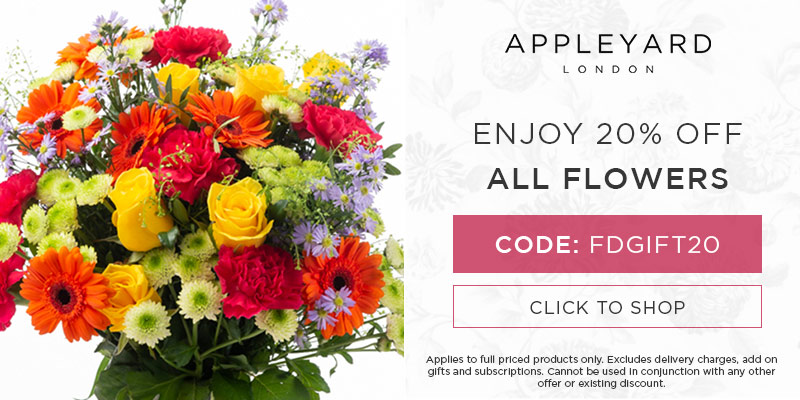

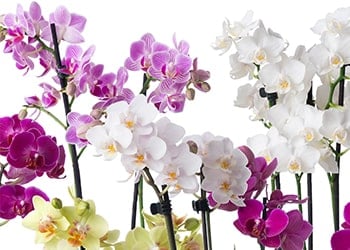
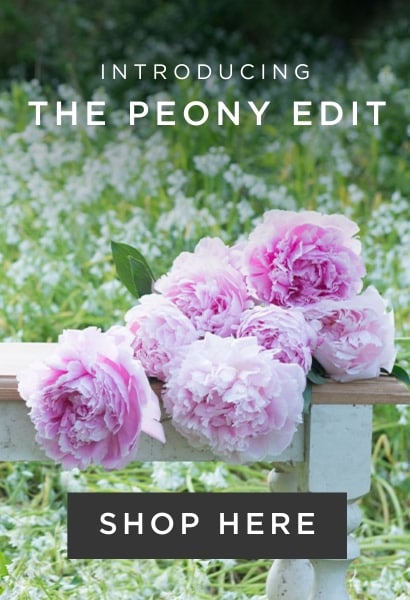
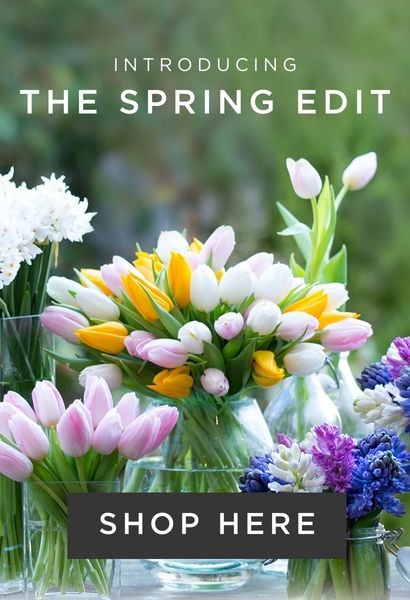


